What does it mean to be a great artist? Is it enough for your work to be admired, studied, emulated and quoted by contemporaries and subsequent generations, or is the value of art judged by a more complex set of criteria? By considering the extent of Rubens’ influence on artists from Rembrandt to Klimt, the Royal Academy is having a go at skinning a very old and troublesome cat: the elevation of Rubens from gifted confectioner to worthy Old Master.
In examining why Rubens should be given a place at art’s top table his work is explored thematically and compared with paintings, prints and drawings from a bewildering array of artists and genres. Some comparisons are more successful than others, and with the volume and diversity of material on show here, those that bear more nuanced debts to Rubens just get lost in the mix.
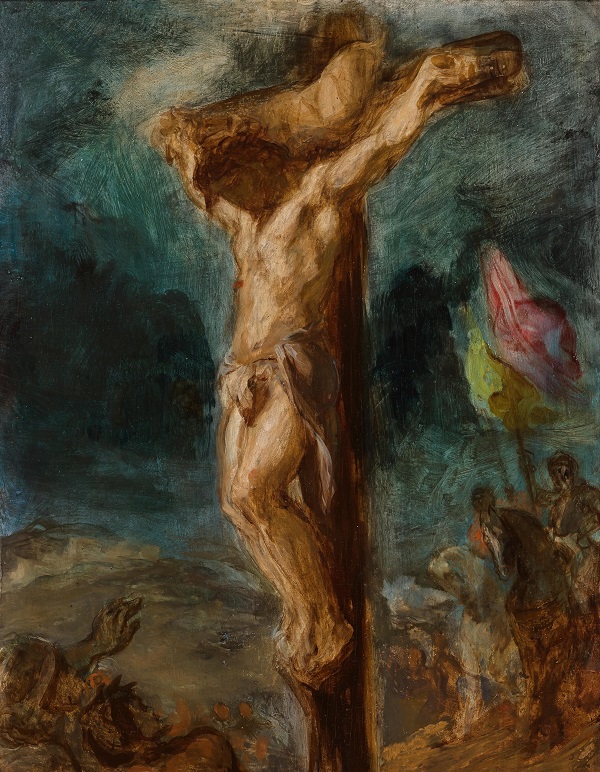 What is left beyond doubt is that Rubens has always been a "painter’s painter", with Renoir’s pearly fleshtones, Fragonard’s portraits of fashionable young women and Delacroix’s harrowing oil sketch for his Crucifixion,1846 (pictured right), all showing his influence. Nevertheless, even his admirers were quick to point out his shortcomings, Sir Joshua Reynolds musing that: “there is a proportionable want of that nicety of distinction and elegance of mind, which is required in the higher walks of painting.”
What is left beyond doubt is that Rubens has always been a "painter’s painter", with Renoir’s pearly fleshtones, Fragonard’s portraits of fashionable young women and Delacroix’s harrowing oil sketch for his Crucifixion,1846 (pictured right), all showing his influence. Nevertheless, even his admirers were quick to point out his shortcomings, Sir Joshua Reynolds musing that: “there is a proportionable want of that nicety of distinction and elegance of mind, which is required in the higher walks of painting.”
While the narrative thrust of the show feels, at times, a bit like a bombardment, it nevertheless sends us down some unexpected byways, raising, for instance, the question of how our understanding of an artist’s personality can influence the reception of his work. Our perception of Rubens as a louche, talented fop, flitting about the courts of Europe, occasionally stopping to touch in a few details on a painting, chimes most readily with his highly eroticised images of naked women, and consequently he has tended to be remembered mostly for these paintings (pictured below right: Pan and Syrinx, 1617). And while he was hardly the first – or last – artist to place himself in the service of the powerful, his monumental painted schemes glorifying Europe’s ruling elite have seen him dismissed as a “decorator”, but also cast in more sinister terms as a master propagandist.
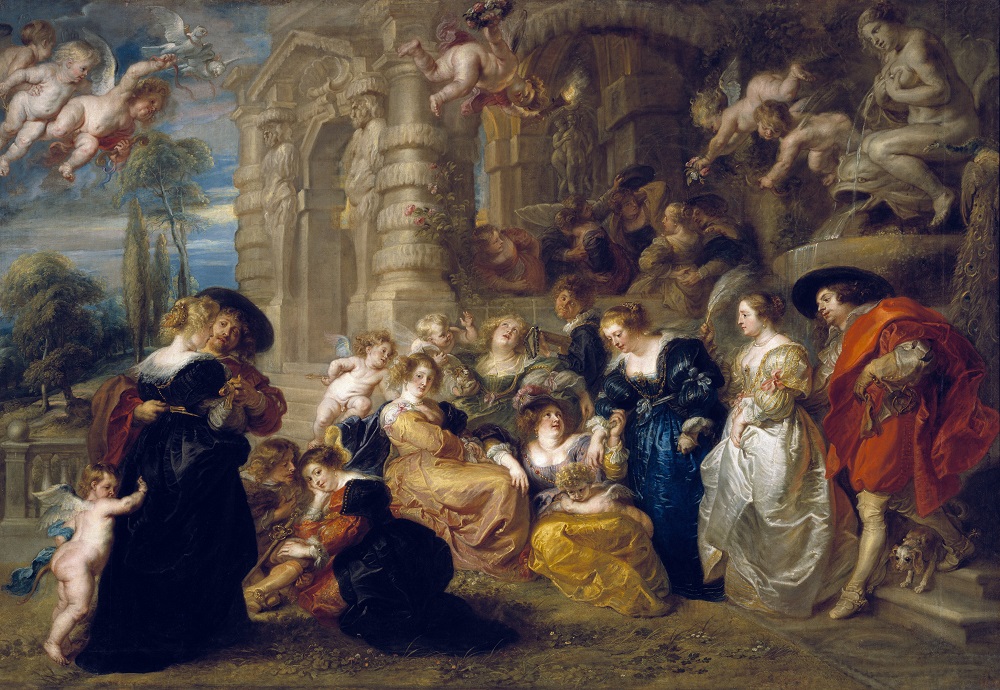 The Garden of Love, c.1635 (pictured left), an opulent, tactile fantasy of seduction and earthly pleasures seems to have been made by Rubens entirely for his own enjoyment, and his glamorous and apparently happy life runs counter to the romantic characterisation of the artist as a tragic figure. In short, Rubens seems to have had it all too easy, his existence far too comfortable to imbue his work with gravitas.
The Garden of Love, c.1635 (pictured left), an opulent, tactile fantasy of seduction and earthly pleasures seems to have been made by Rubens entirely for his own enjoyment, and his glamorous and apparently happy life runs counter to the romantic characterisation of the artist as a tragic figure. In short, Rubens seems to have had it all too easy, his existence far too comfortable to imbue his work with gravitas.
And yet, who would claim that Rubens’ altarpiece, Christ on the Straw, 1617-18 (main picture), lacks gravitas? Much as he was influenced by his exposure to Italian painting, his idealised, classicising forms are tempered with a visceral, gut-wrenching realism. He was, after all, a northern painter, and he combines grisly details with heroic, exaggerated forms to create a sort of hyperreality, that lifts the scene from the everyday to the epic.
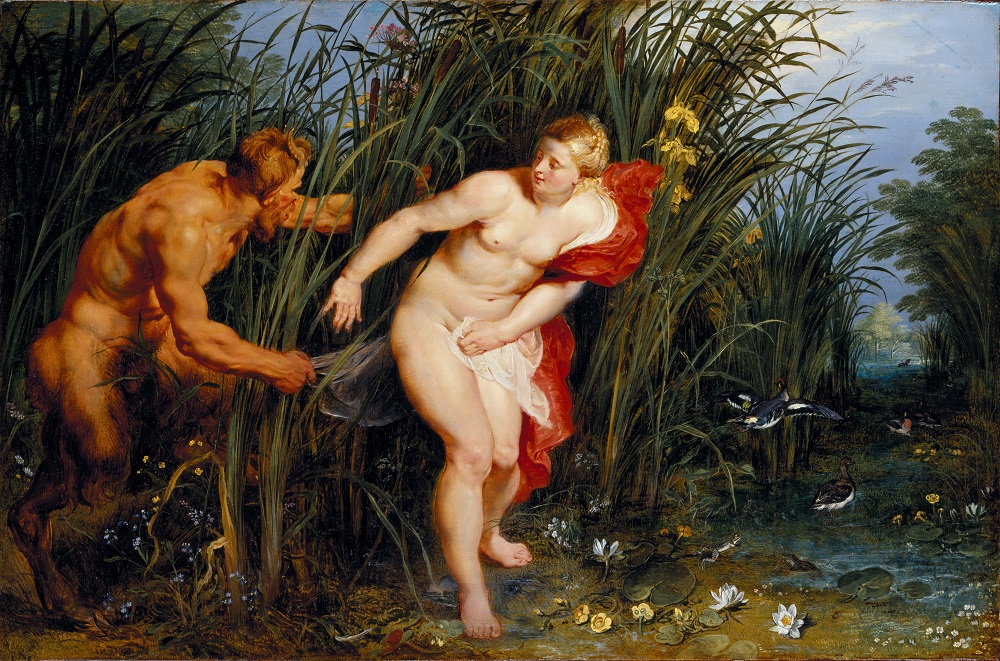 The result is a devastating piece of storytelling, with the cluster of figures around the dead Christ closely framed to draw us in, to involve us in their grief. The Virgin and Child on the left form a visual counterweight to the Lamentation of the main panel, and while the contrast between the rosy maid with her plump little baby and the ghastly pallor of the Virgin tending to her dead son is chilling, more so is the visual conceit that allows the infant Christ to contemplate his own death.
The result is a devastating piece of storytelling, with the cluster of figures around the dead Christ closely framed to draw us in, to involve us in their grief. The Virgin and Child on the left form a visual counterweight to the Lamentation of the main panel, and while the contrast between the rosy maid with her plump little baby and the ghastly pallor of the Virgin tending to her dead son is chilling, more so is the visual conceit that allows the infant Christ to contemplate his own death.
The young Rembrandt must have been fascinated by the emotive force of another of Rubens’ altarpieces, Descent from the Cross, 1614, in Antwerp cathedral, seen here in print form next to Rembrandt’s own version. The differences are fascinating, and reflect the visual vocabularies of the Protestant and Catholic churches as much as they highlight the stylistic preoccupations of the two artists.
Rembrandt never got to see Rubens’ painting, but plenty of other artists did make the trip to Antwerp to see Descent from the Cross, with Sir Edwin Landseer, Van Gogh and Delacroix all recording responses to it. While Rubens’ altarpieces were available for public view in churches, until the advent of public museums his other paintings were accessible only to the privileged few.
Thanks to his aristocratic connections, Jean-Antoine Watteau was able to study A Flemish Kermis, mid-1630s, in the French royal collection, and its energetic dancing couples reappear in Watteau’s own paintings, recast with the light touch of the rococo. But Watteau’s greatest resource was surely the collection of his patron, Pierre Crozat, which contained over 300 drawings by Rubens, including those for the printed version of The Garden of Love. What seems extraordinary now is that The Garden of Love achieved acclaim only through its printed form, and vital as it was to Watteau’s development of the new genre of fêtes galantes, he never saw the painting itself.
While this exhibition demonstrates quite forcibly the influence that Rubens had on a staggering number of artists, this alone is unlikely to be enough to settle the question of his place in art history. Perhaps more important, and certainly more interesting, is the light it sheds on the vital – but easily forgotten – role played by prints and drawings in the transmission of artistic ideas.

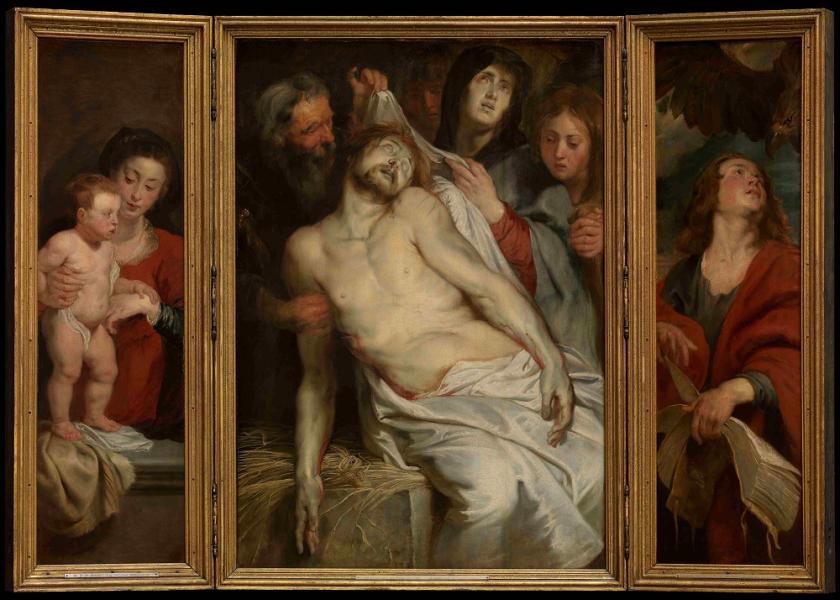


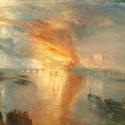





![SEX MONEY RACE RELIGION [2016] by Gilbert and George. Installation shot of Gilbert & George 21ST CENTURY PICTURES Hayward Gallery](/sites/default/files/styles/thumbnail_125_x_125_/public/mastimages/Gilbert%20%26%20George_%2021ST%20CENTURY%20PICTURES.%20SEX%20MONEY%20RACE%20RELIGION%20%5B2016%5D.%20Photo_%20Mark%20Blower.%20Courtesy%20of%20the%20Gilbert%20%26%20George%20and%20the%20Hayward%20Gallery._0.jpg?itok=3oW-Y84i)




Add comment